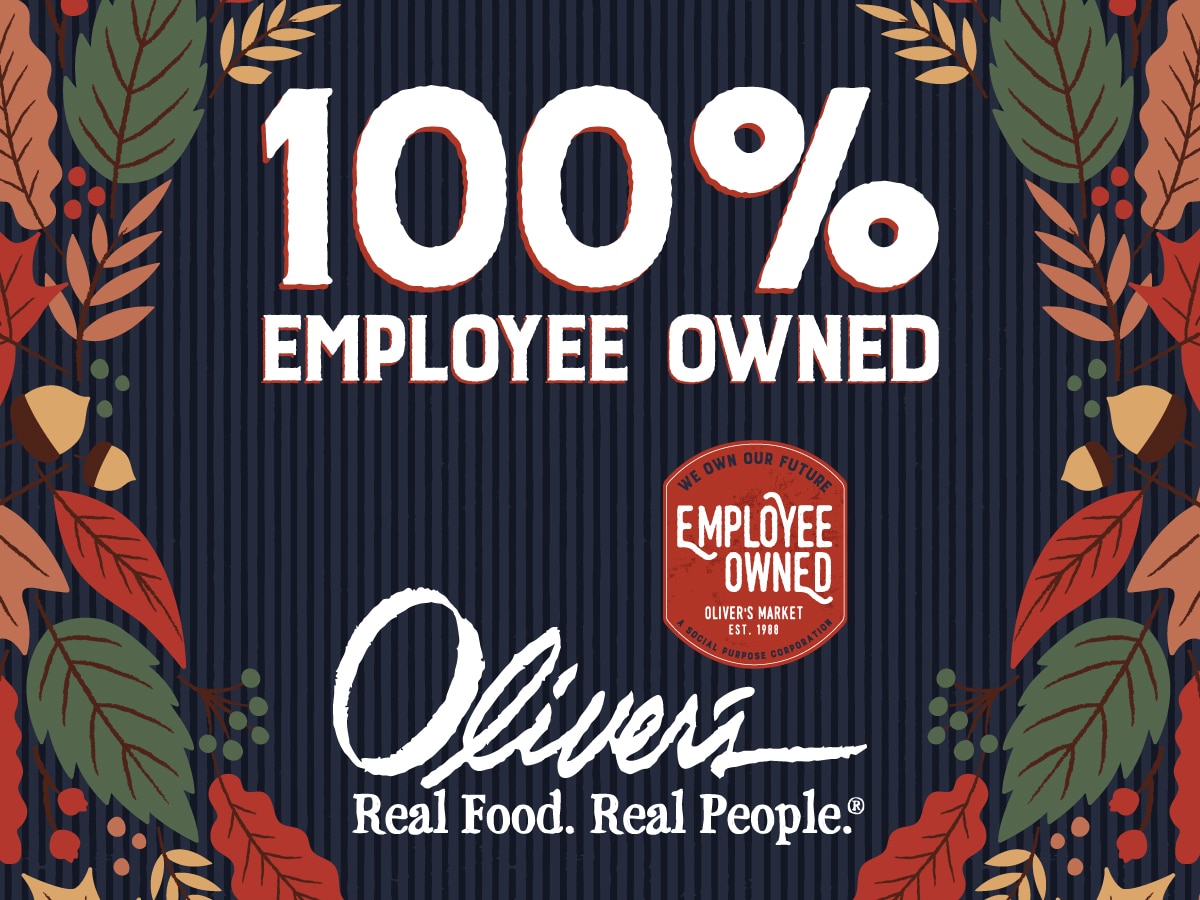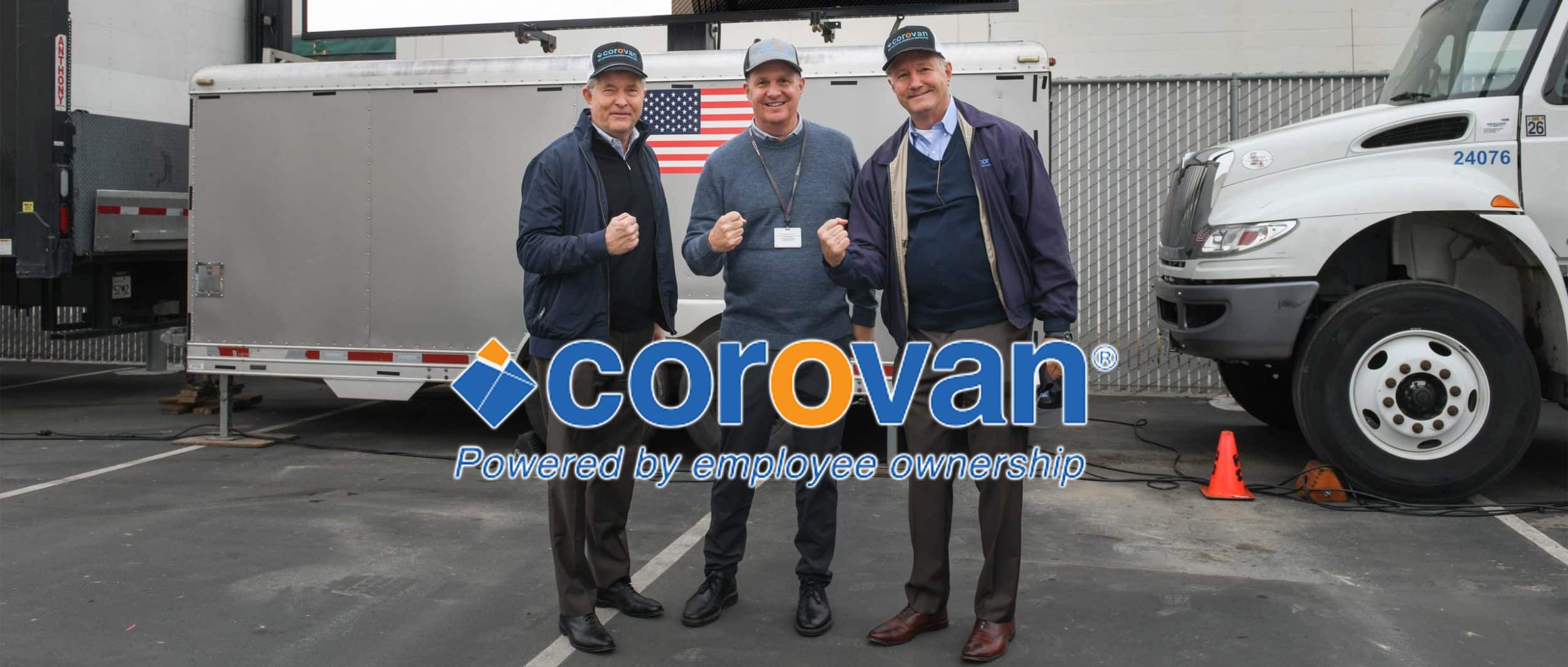Architecture, engineering, and construction (AEC) firms with Employee Stock Ownership Plans outperformed traditionally-owned AEC firms in four out of six valuation categories, according to Zweig Group’s recently released 2021 Valuation Report of AEC Firms. These findings demonstrate how an ESOP can create wealth for employees and owners alike in these vital industries.

MKSK, a Menke ESOP client, transitioned to an employee ownership structure in 2019.
Notably, the report found that the median value per employee is more than 35% higher at AEC firms that have ESOPs than at those that do not: $103,283 vs. $75,988. Studies have shown that workers who have an ownership stake in their company have higher productivity, take more pride in their services, and drive higher sales, so perhaps it should not be surprising that ESOP companies would have such a dramatically higher value per employee.
Additionally, ESOP companies scored higher in terms of:
- Value/net revenue (0.76 vs. 0.54)
- Value/EBITDA (5.05 vs. 3.92)
- Equity value/profit (3.78 vs. 3.75)
These findings are clearly good news for employees at ESOP firms, as they show that their ESOP not only gives them shares of their company, but is likely to make that company significantly more valuable than it was before the ESOP was implemented. That kind of wealth creation has the power to be life-changing, empowering employees who may have not been able to do so otherwise to have comfortable retirements or purchase homes.
The report notes that, “Some very large and prominent firms in the AEC industry are now organized as 100% ESOP-owned S-Corporations.” That is certainly true—the Menke Group has been proud to assist numerous AEC firms with their successful transitions to 100% employee ownership, including Ringland-Johnson Construction and MKSK. But what the report does not explicitly state is how their findings show ESOPs can generate wealth for business owners who do not sell 100% of their company from the start.
There is a misconception that selling to an ESOP is a one-time thing; that when you create an ESOP, you sell your ownership stake and you get the agreed-upon price for your shares on the agreed-upon timetable, and that’s it. This is often tied to another common misconception, which is that owners must sell 100% of their shares to the ESOP. These ideas could not be further from the truth.
In actuality, shareholders can sell as much or as little as they choose to the ESOP when it is first created and then sell more whenever they could use the liquidity (although some tax benefits only apply once the ESOP owns a certain percentage, and each company’s unique financial situation may play a factor in how much it makes sense to sell). You could sell 30% of your company to an ESOP in 2021 and never sell another share, or you could sell another 10% five or ten years later, an additional 10% three years after that, and so on.
When you only sell a portion of the company to an ESOP instead of 100%, we call this an Employee Incentive ESOP, because you are creating a powerful benefit for your employees without necessarily making it your exit strategy.
The findings in Zweig Group’s report show that AEC company owners who pursue an Employee Incentive ESOP may be putting themselves in a lucrative position. An ESOP is required to pay fair market value for any purchase of company stock based on an independent appraisal at the time of the sale. So, if you sell a portion of your stock to implement an ESOP, and then the value of the company shoots up by a third in the following years, you will be able to reap the rewards of that increased value if and when you decide to sell some more.
We are delighted to see Zweig Group’s report show what we have believed since 1974: that ESOPs add tremendous value to companies and put more money in the pockets of workers and owners alike.
Contact Menke today to find out what an ESOP could mean for your business.







